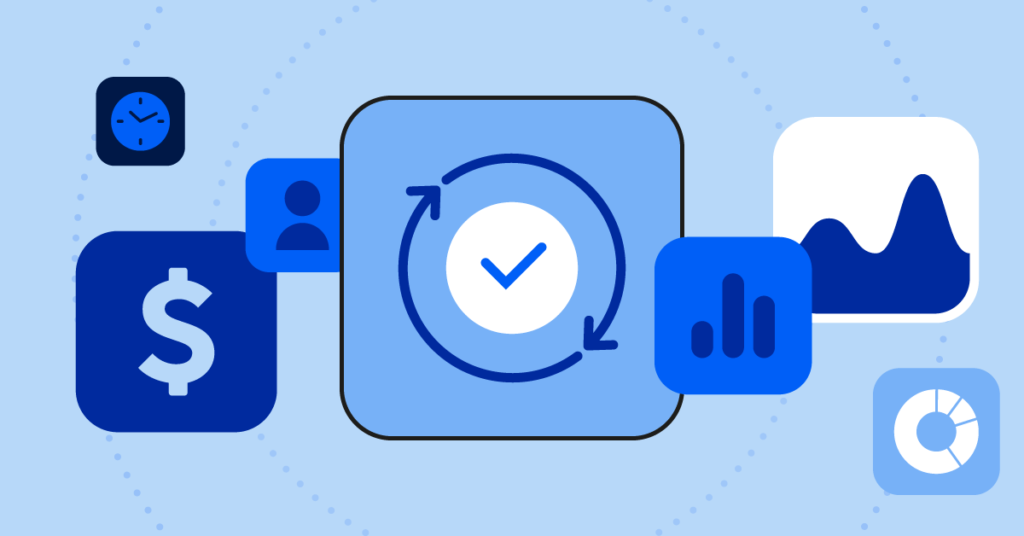If you’re building or running a mobile app, it is extremely important to understand how users are interacting with it. This is where Mobile App Analytics can help. The type of Mobile App Analytics tools that will track what is working, what isn’t working, and how to optimise your app experience to make it even better.
This post will provide seven best practices for Mobile App Analytics that you should know. You can use the best practices to start improving your app, expanding your audience size and increasing user satisfaction.
What Is Mobile App Analytics?
Before we discuss the best practices, let’s first clarify what Mobile App Analytics is. Mobile App Analytics is a way of tracking and studying data from your app. It includes data on the number of users of your app, the time they open it for, when they open it, and the actions they take once they are using your app.
You can use this information to make informed, data-driven decisions and provide a better experience for users. Tools like Apptrove help app developers collect and analyse this kind of data in real-time, making it easier to understand user behaviour and improve app performance.
Why Mobile App Analytics Matters
Based on a recent study, over 90% of apps downloaded are only ever used once and subsequently deleted! That is a massive number! But if you know how people behave in your app, you can resolve issues early and give them a reason to come back.
Best Practices for Mobile App Analytics
1. Identify Some Clear Goals
Before you get even further down the path of tracking data, it’s wise to identify some goals. Ask yourself: What do you want users to do inside your app? What actions do you want them to take? Do you want them to sign up for something? Do you want them to purchase something? Do you want them to spend more time on a certain page?
Once you have the answers and have defined the objectives, you can then establish Mobile App Analytics goals and track them through specific mobile app analytics metrics like daily active users (DAU), conversion rates, session duration and so on. Defining goals gives you guidance as to the data you care about.
2. Track the Metrics that Matter Most
Don’t try to track everything on Mobile App Analytics. Try instead to focus on the central Mobile App Analytics metrics. These might include:
- Active users (daily, weekly, monthly)
- Retention rate (how many users come back)
- Session time (how long they spend)
- Churn rate (how many users stop using your app)
And don’t forget to track App growth analytics also to see how fast your mobile user base is growing and where you might be getting that growth.
3. Monitor User Engagement
One of the most critical things to analyse is user engagement with your application. Look at user engagement metrics such as:
- Screens per session
- Time spent on each screen
- Number of taps, swipes or clicks
When you analyse user engagement metrics via Mobile App Analytics, you can assess usage patterns to understand those areas of the app that users find valuable versus those that users ignore.
4. Use Funnels to Inform User Flow
Funnels have a sequence of steps that the user takes to achieve a task, such as signing up or completing a payment. With the use of Mobile App Analytics, you can create funnels to determine where users drop off. These reporting metrics mean that you can fix broken steps along the way and improve the user journey as a whole.
For example, if many users opened your app, but only a small percentage of those users completed the sign-up process, it might mean you have made the sign-up process too long or confusing. Rectifying this may greatly increase your sign-up percentage.
5. Constantly Test and Experiment
Do not assume a working solution based on a visually appealing solution, and always test your ‘hunches’ using A/B testing inside your Mobile App Analytics platform. A/B testing involves presenting two screens or buttons to different users and recording which version performs better.
In time, many minute changes driven by data can add up to an impactful user experience!
6. Identify User Segments
Not all users are the same. Some benefit from daily use, and others benefit from weekly use. Some will spend money on your app, and others will use it for free. Mobile App Analytics can segment users by behaviour – for instance:
- New versus returning users
- High spenders versus free users
- Users on iOS versus users on Android
When user segments are created, there are opportunities to target the messages or features to users based on the segments and grow your app with more personal and valuable experiences.
7. Continue to Improve with Real-Time Data
Modern-day Mobile App Analytics tools can provide you with real-time data, meaning you can see what is going on in your app right now. This is useful for things like tracking a bug, dealing with a user complaint quickly, or trying a new feature.
You can also use real-time data to track live campaigns. When you add a new marketing push, App growth analytics have already identified if you have new users or if you are just wasting your time and money on no results.
Conclusion
Mobile App Analytics is not just for companies with millions of users and downloads. It is necessary for anyone who is looking to build a successful app. By taking the time to set goals, track the KPI, analyse the user engagement metrics, and develop data-driven improvements to your app, you can improve your app more quickly and smartly.
To be ahead of the game, be sure to remain engaged with improving your app performance using Mobile App Analytics.

